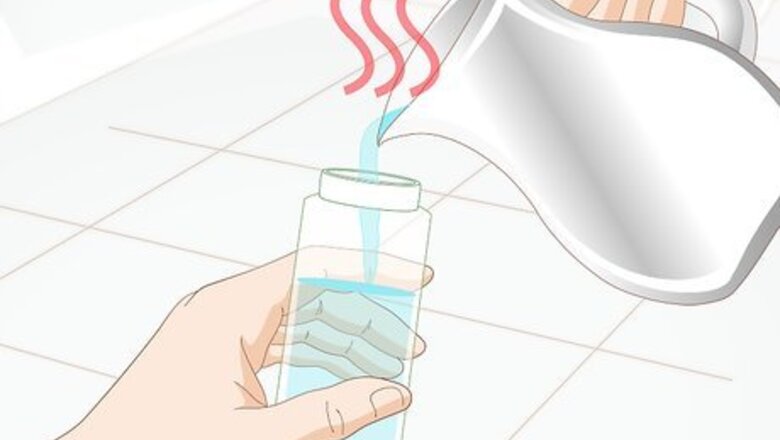
views
Providing Warm Water
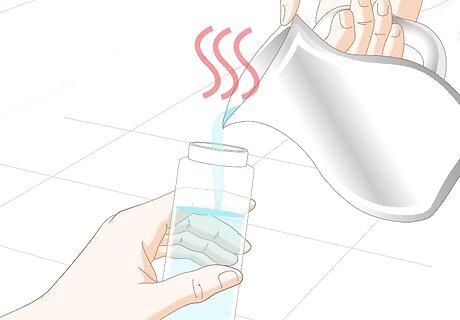
Fill the water bottle with warm water. Do not use scalding hot water. This will cause it to take it longer for the water to freeze. However, you will probably still need to change the water several times during the course of the day. When doing this touch the stream of water with your hand. If you find it uncomfortably warm, use cooler water.
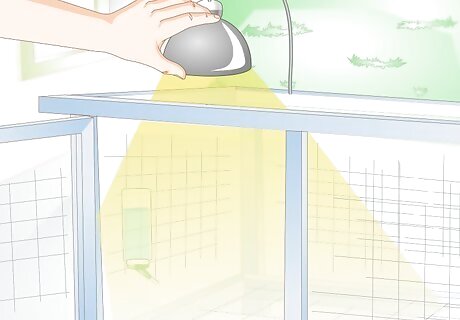
Use a heat lamp. If you have a heat lamp in the cage, place the water near the lamp to keep it warm. Similarly, you can create a homemade lightbulb heater. For a homemade heater, take a cinder block. Screw an aluminum bracket into the cinder block to hang the light bulb on. Drill a hole in the cinder block that you can thread the wire through—be sure that the wire is near the outside of the cage so that the rabbit will not be able to reach it. Place an aluminum plate on the bottom of the cinder block so that the bedding does not get too warm. Then place a stone on top of the cinder block and place the water near the warm cinder block. Usually it will be easier to simply purchase a commercially produced heat lamp.
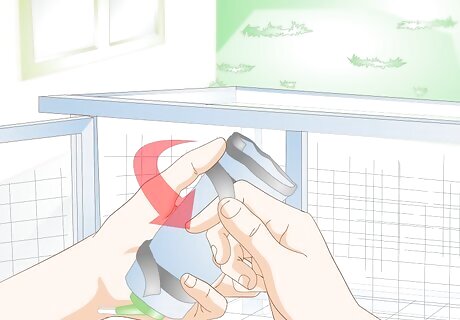
Insulate the bottle. You can purchase water bottle covers that will keep your rabbits’ water warm for longer. Just be sure to check that the cover fits your water bottle. Alternatively, it is also easy to make a homemade device that will insulate the water bottle. For example, wrap thick woolen socks around the bottle. Tie them around the outside or use rubber bands to secure them in place.
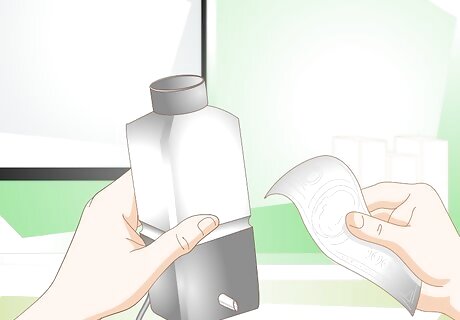
Purchase a heated water bottle. These are available for purchase online and are the easiest way to provide warm water to your rabbit year round. Some customers, however, find them to be a bit expensive and complain that they don’t survive for very long. Make sure that you have an electrical outlet to plug the heated water bottle into. Be careful that the rabbits cannot get to the cord and chew it.
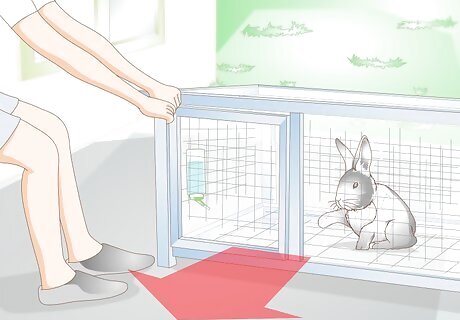
Move your rabbit's hutch or cage into a shed or garage. This will help keep your rabbits warmer and prevent the bottles from freezing. Rabbits do appreciate the cold weather, but you should still protect them from moisture and wind during the winter.
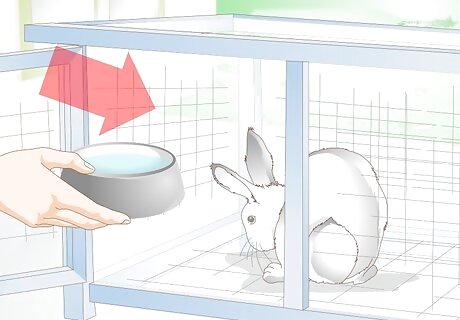
Use a black plastic water dish. A little bit of frozen water in the spout of a bottle can make it impossible for your rabbit to drink. It will also be more obvious if a dish freezes over. The best way to slow the freezing process is to increase surface area by using a wide dish. A black plastic dish is also preferable to a metal dish. Put a couple of ping pong balls in the dish to keep the water from freezing as quickly. With ping pong balls in the dish, any wind will create waves that prevent ice from forming. Water bowls are a more natural source of water for rabbits than bottles. Unfortunately, in a rabbit cage they can quickly became dirty. If you have the space, try to keep the bowl away from litter and bedding. Black is the best color for a water dish during summer. Black absorbs light and thus is more likely to remain warm.
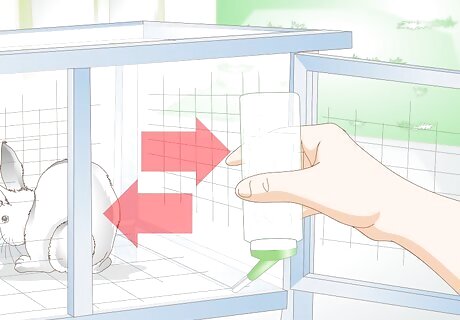
Check water twice daily. Even with these measures, the water is likely to freeze over. To be sure that your rabbit has constant access to water, it is preferable that you continue to check the water at least twice a day. Ideally, you should have two water bottles, so that you can easily switch them out, without worrying about thawing it first.
Insulating Your Cage
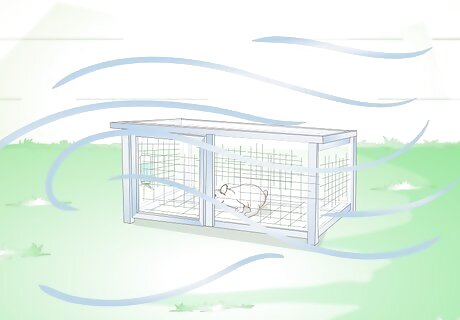
Worry about wind and moisture. Rabbits can easily remain comfortable and healthy in freezing temperatures. However, if they get water in their fur, this can seriously compromise their ability to stay warm. You don’t need to bring them inside during the winter, but you should give them some protection from the elements. Bedding is a major factor here, because rabbits will hide in the bedding to stay warm. Keep plenty of wood shavings and straw in the cage.
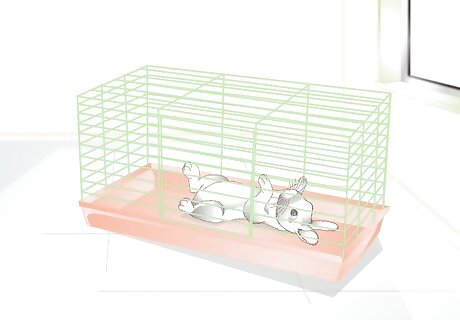
Keep your rabbit in an unheated indoor area. A basic shed or barn will work. The location does not need to be warm. It should, however, shelter the rabbit from wind and moisture. http://riseandshinerabbitry.com/2012/02/20/winter-care-for-rabbits/
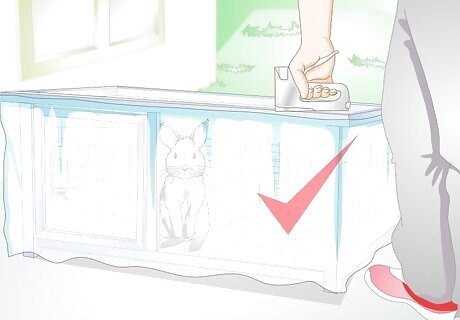
Cover the cage with plastic. Take a sheet of heavy plastic and wrap it around all sides of the cage. Staple it to the wooden pieces of the cage. Leave some small gaps on the top and the bottom of the plastic, however. The rabbits will need fresh air in the cage to stay comfortable.

















Comments
0 comment